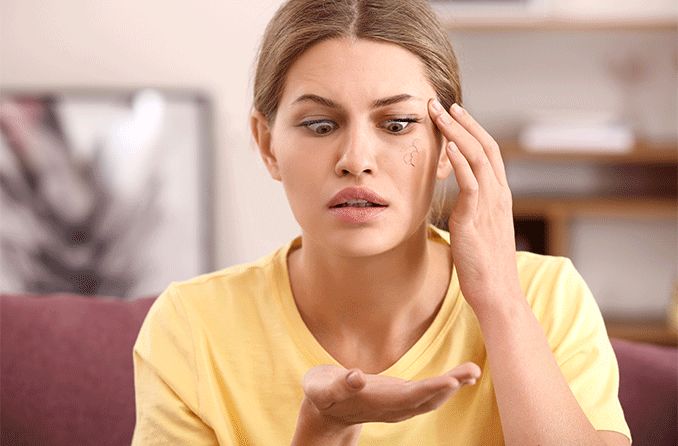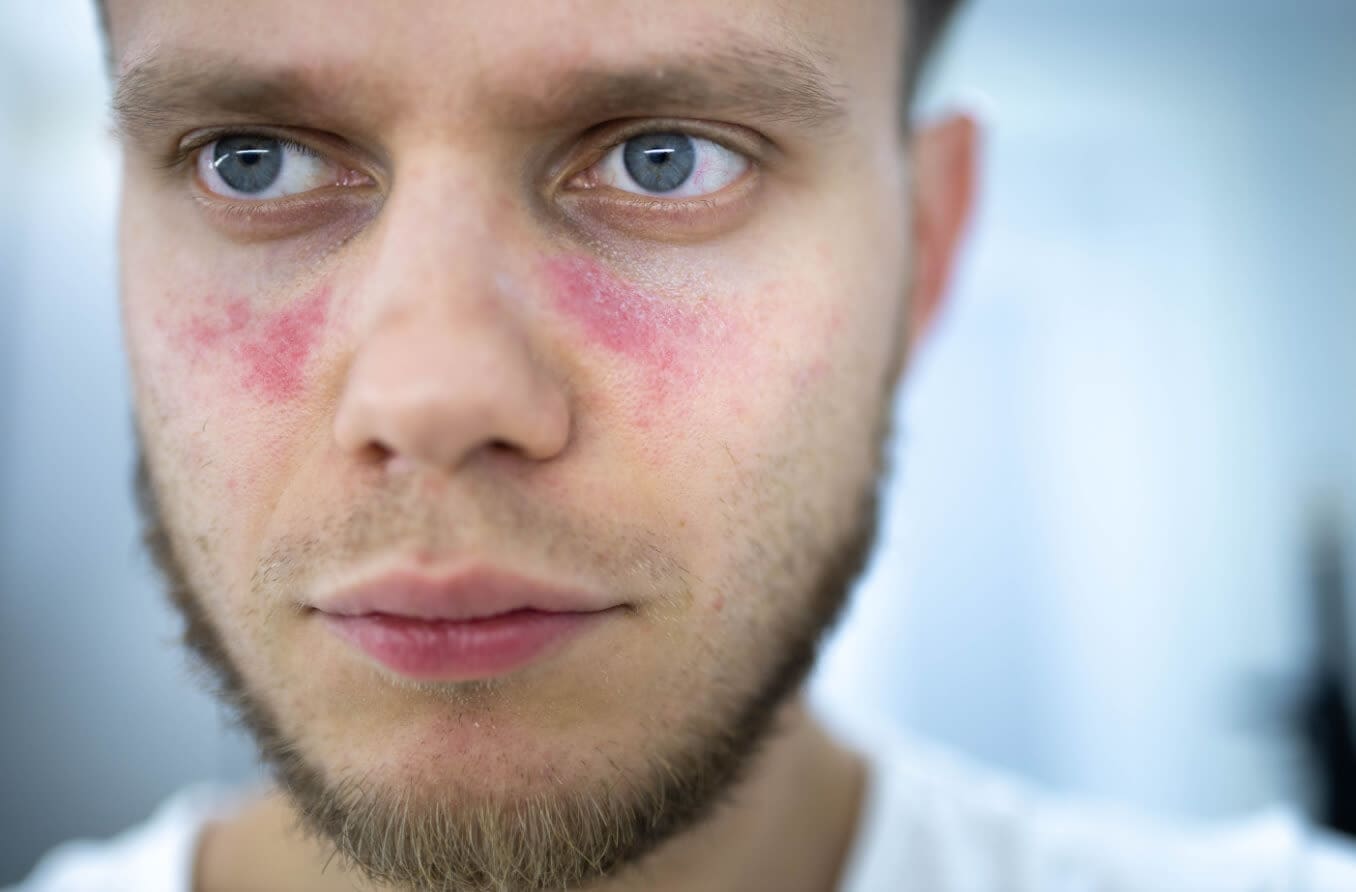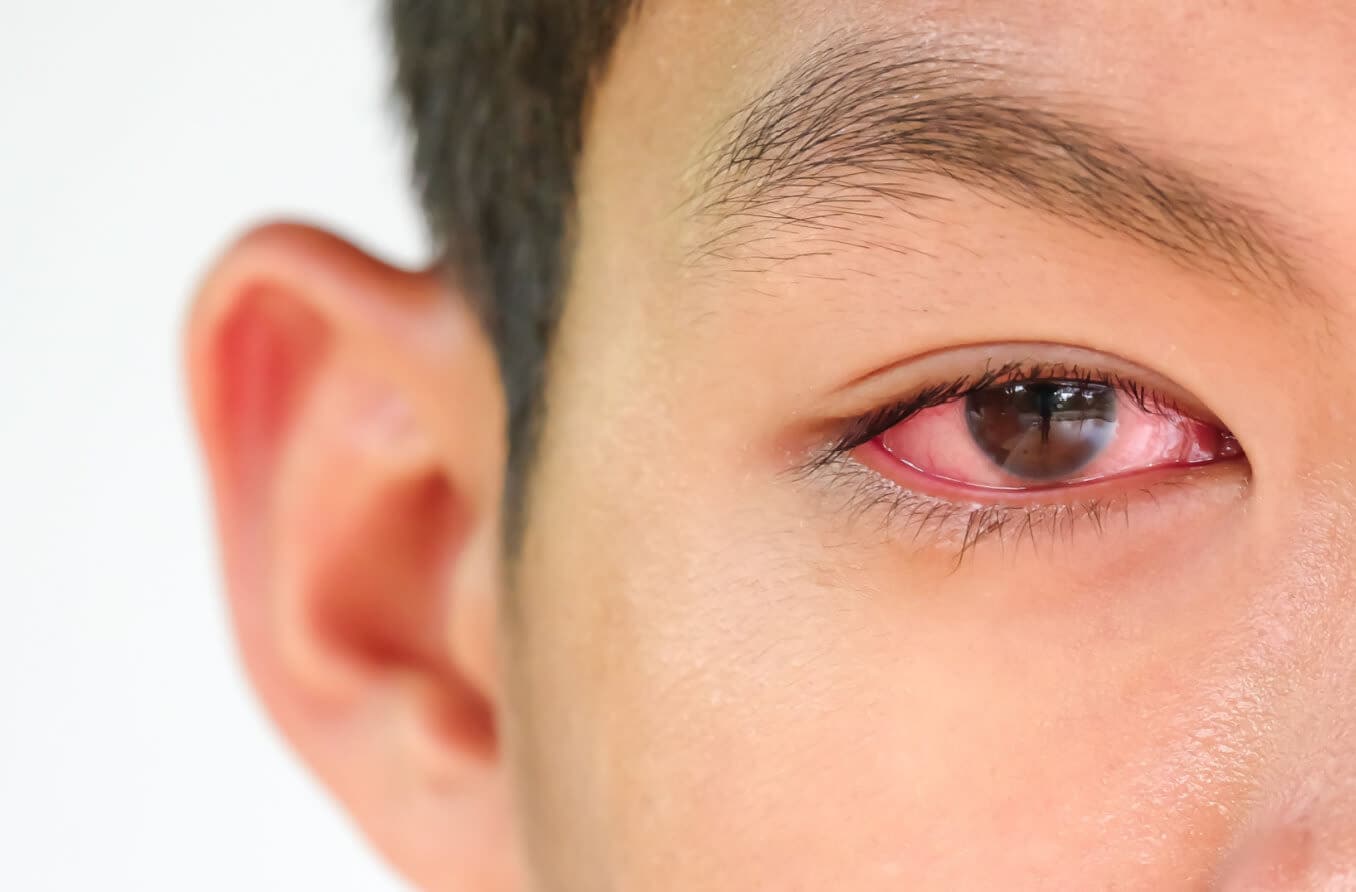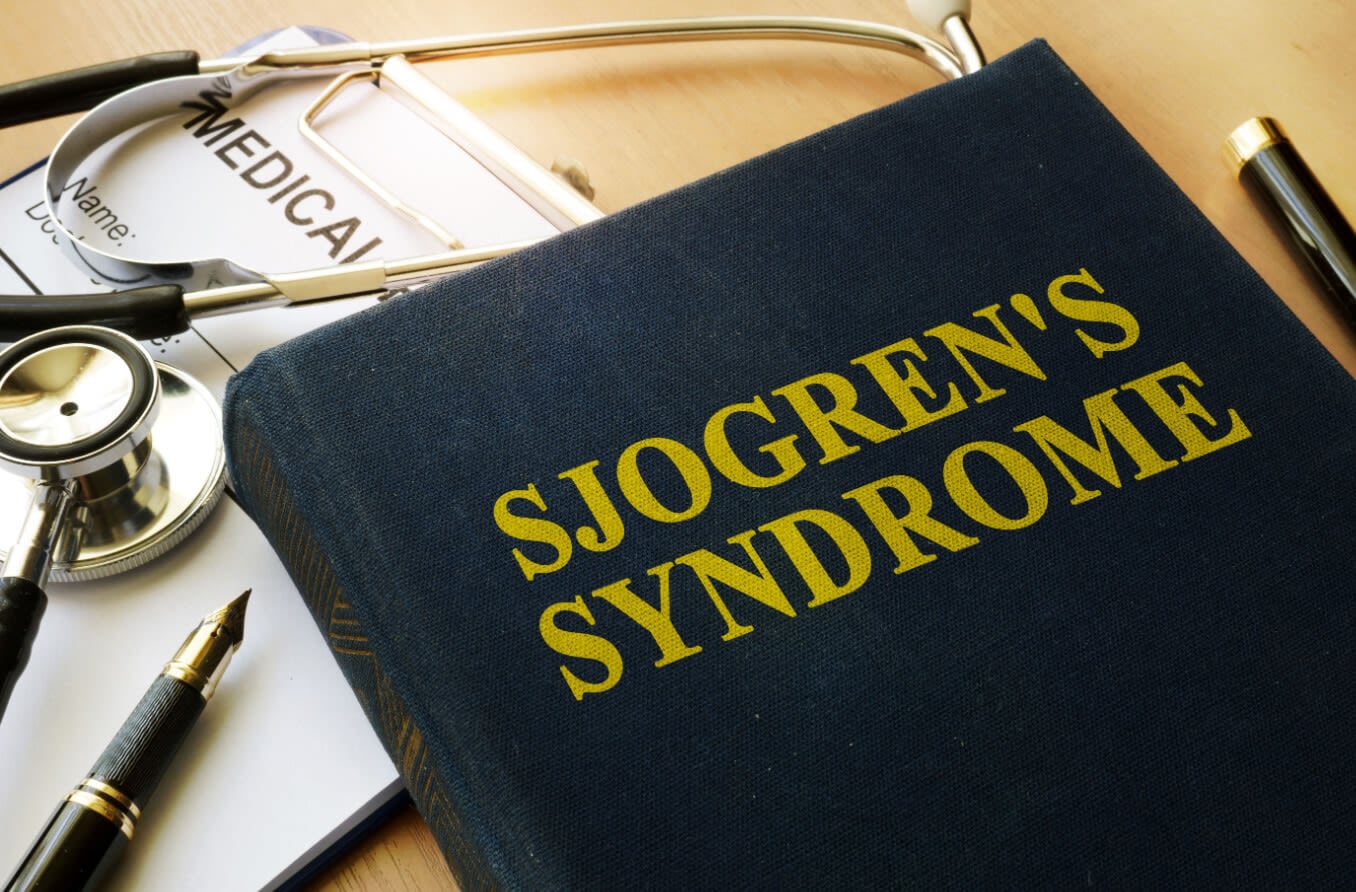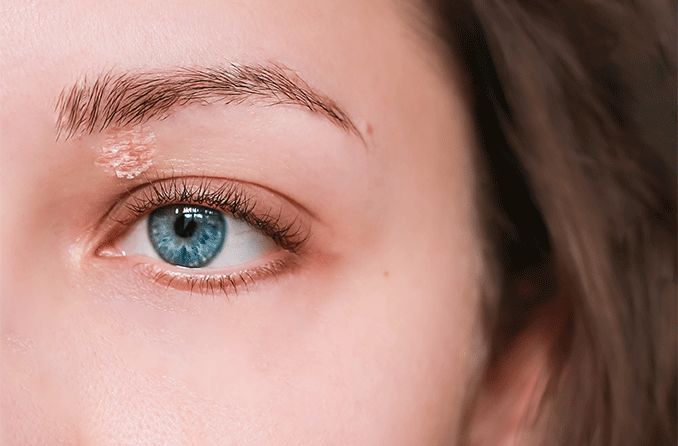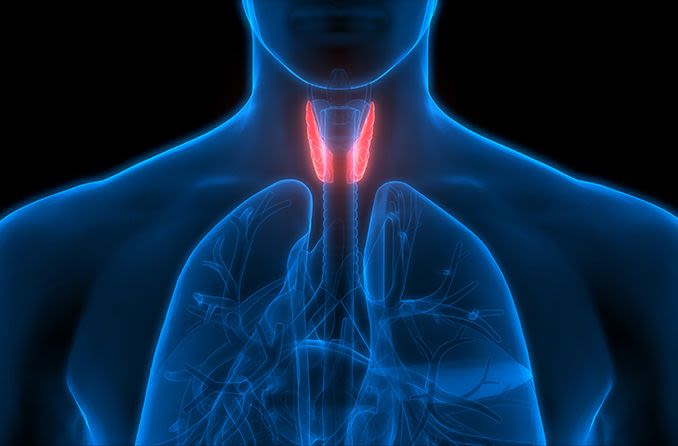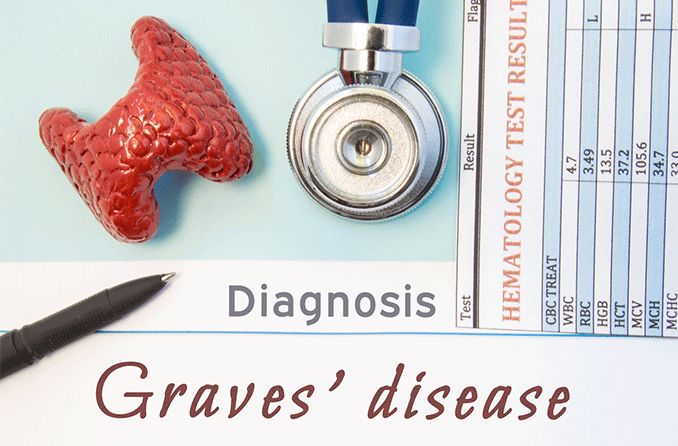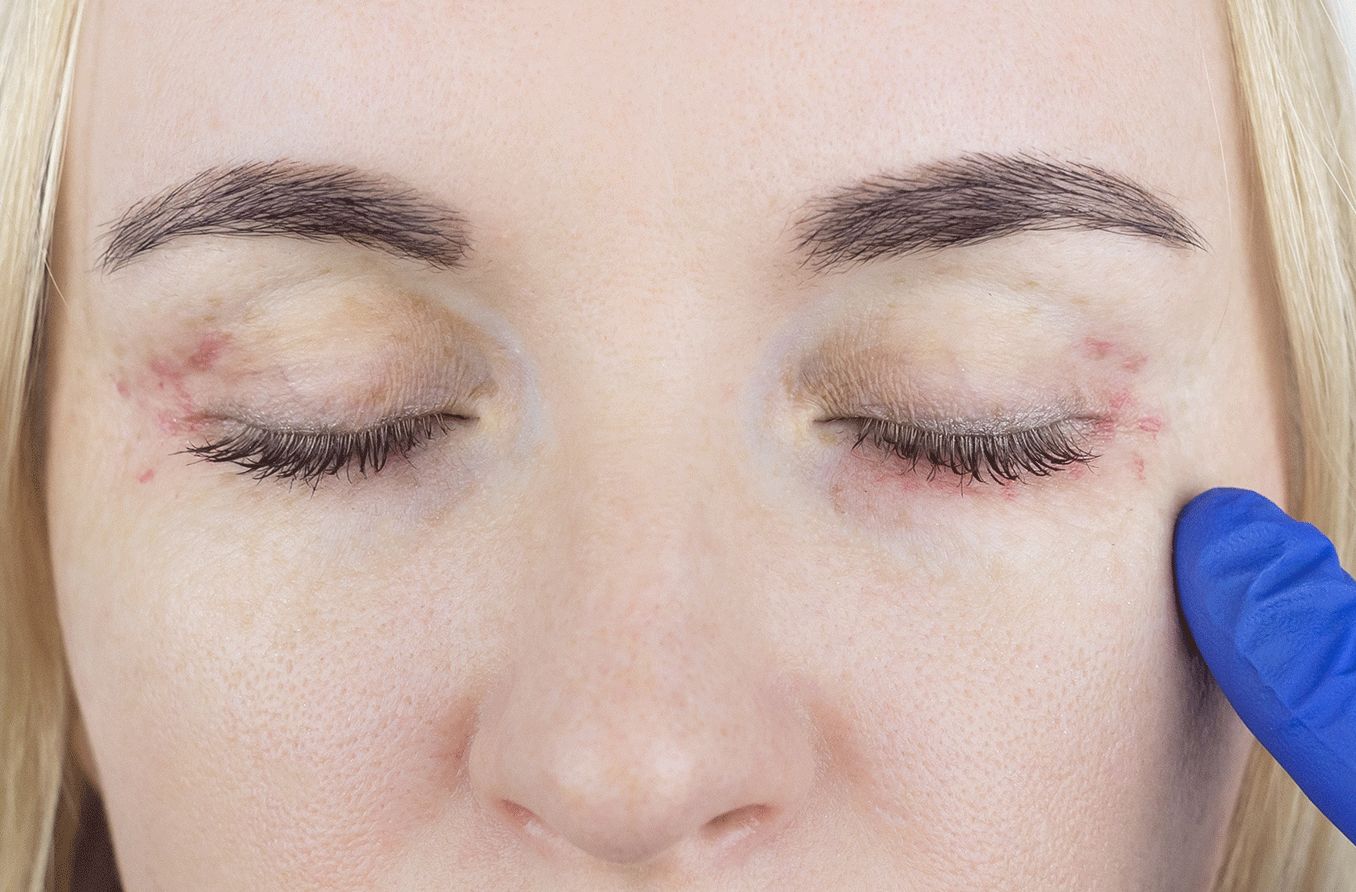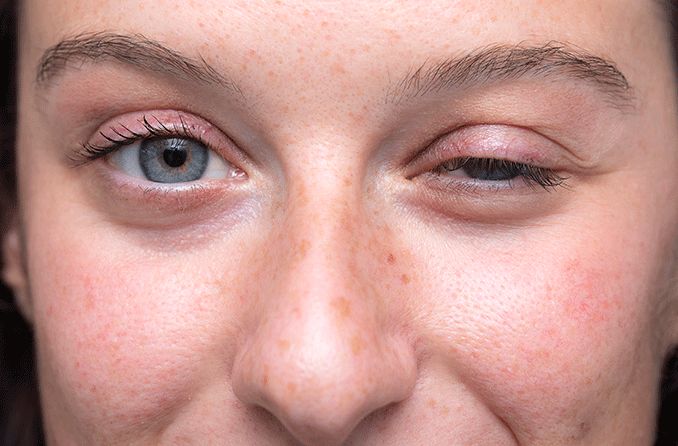What is the treatment for madarosis?
The most effective madarosis treatment depends on the underlying cause for madarosis. If the disease causing the madarosis results in scarring of the hair follicle, regrowth of hair is not possible. Treatment options include a hair transplant or reconstruction in the area of hair loss. False lashes and tinting eyebrows are other options.
If the underlying cause for madarosis is non-scarring, the hair should generally grow back a few months after the condition is managed. (The exception is a form of leprosy that does not result in hair regrowth, although it is a non-scarring condition.)
Medications such as minoxidil solution can be used topically if the underlying cause is alopecia. Ocular drugs used to treat glaucoma, such as Latanoprost or Bimatoprost, have been reported to increase the length and thickness of eyelashes if the hair follicle is intact. Bimatoprost (Latisse) has been approved by the FDA to grow, thicken and darken eyelashes in patients.
Since madarosis may be an indicator of a deeper medical problem, the first step is to treat and manage the disease that is causing madarosis. In addition to your internal medicine doctor, a team of doctors including an ophthalmologist, a dermatologist and an endocrinologist can work together to treat and manage the condition.
